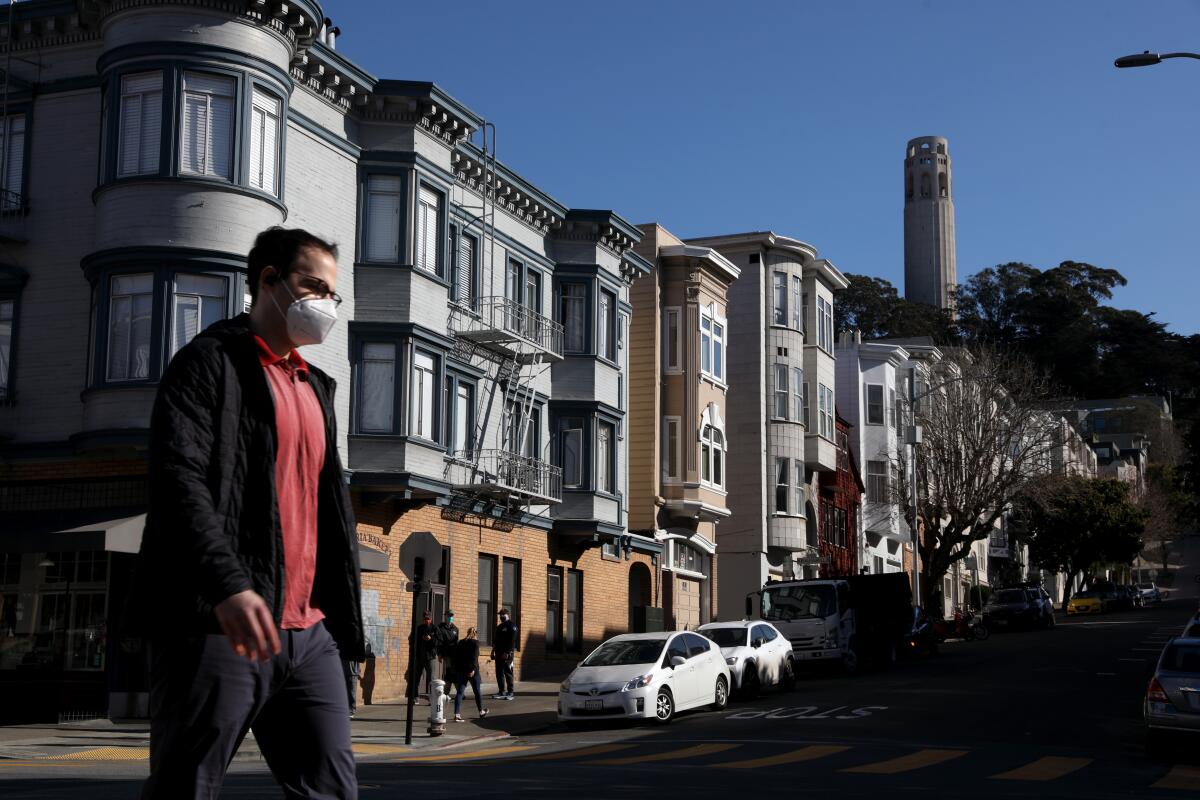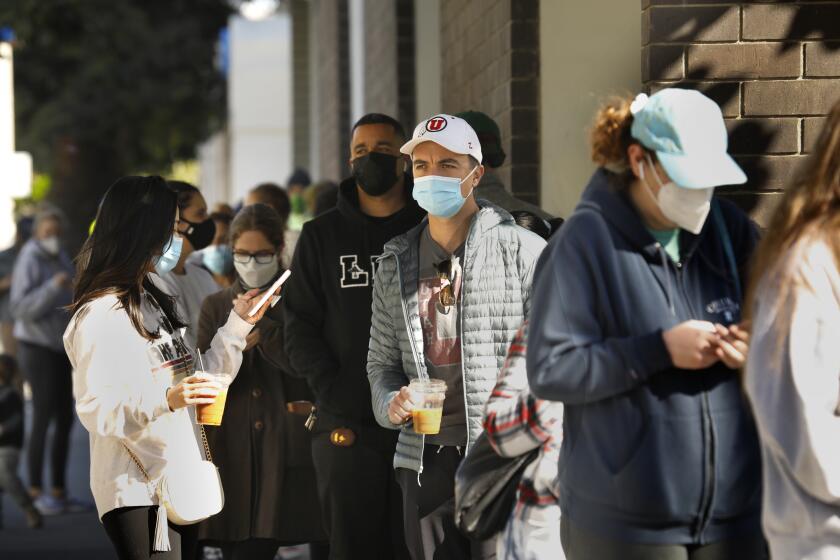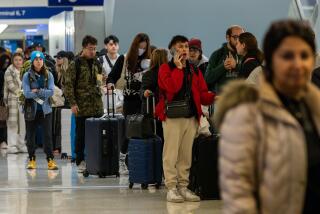These areas of California have been hardest hit by new coronavirus wave

California coronavirus case rates have worsened dramatically in certain parts of the state in the past week, according to a Times analysis, with some areas particularly hard hit.
In Southern California, weekly coronavirus cases roughly doubled in Riverside and Santa Barbara counties, and across the Central Valley and Silicon Valley.
Thus far, hospitals have not reported strain in two of California’s largest population centers, Los Angeles County and the San Francisco Bay Area.
Another bummer coronavirus summer for California? With cases on the rise, the state finds itself in a familiar, if frustrating, position.
In a statement to The Times, the California Department of Public Health said that the recent growth in coronavirus-positive hospitalizations has been slower than in past surges. Nonetheless, “a continued increase in cases and hospitalizations may impact the hospital system,” the agency warned.
California has reported a massive backlog of 237,084 new coronavirus cases, pushing the seven-day average of new infections to 50,267, a record high.
Here’s an in-depth look at how coronavirus case rates have risen over the past week, according to data that was publicly available as of early Tuesday morning. The state data was released on Friday, and L.A. County’s data was released on Monday.
A rate of 100 or more coronavirus cases for every 100,000 residents is considered a high rate of transmission, the worst tier on a four-level scale as defined by the U.S. Centers for Disease Control and Prevention.
A week-over-week increase of 100% or more is considered fast, rivaling the pace of increases seen as cases soared during the fall-and-winter Omicron surge.
Statewide
California has gone from 142 cases a week for every 100,000 residents to 231 cases a week for every 100,000 residents, a 63% week-over-week increase.
Los Angeles County
L.A. County has gone from 204 cases a week for every 100,000 residents to 266 cases a week for every 100,000 residents, a 31% week-over-week increase.
Orange County
Orange County has gone from 91 cases a week for every 100,000 residents to 171 cases a week for every 100,000 residents, an 87% week-over-week increase.
Riverside County
Riverside County has gone from 81 cases a week for every 100,000 residents to 163 cases a week for every 100,000 residents, a 101% week-over-week increase.
San Bernardino County
San Bernardino County has gone from 79 cases a week for every 100,000 residents to 147 cases a week for every 100,000 residents, an 85% week-over-week increase.
Ventura County
Ventura County has gone from 109 cases a week for every 100,000 residents to 201 cases a week for every 100,000 residents, an 84% week-over-week increase.
Santa Barbara County
Santa Barbara County has gone from 107 cases a week for every 100,000 residents to 228 cases a week for every 100,000 residents, a 112% week-over-week increase.
San Francisco Bay Area
The San Francisco Bay Area has gone from 208 cases a week for every 100,000 residents to 369 cases a week for every 100,000 residents, a 78% week-over-week increase.
Health experts are urging people to be cautious if they develop symptoms again after taking anti-COVID pills.
San Francisco
San Francisco has gone from 267 cases a week for every 100,000 residents to 460 cases a week for every 100,000 residents, a 73% week-over-week increase. San Francisco has the highest case rate of any of California’s 58 counties.
Santa Clara County
Santa Clara County, Northern California’s most populous county and the home to Silicon Valley, has gone from 194 cases a week for every 100,000 residents to 410 cases a week for every 100,000 residents, a 111% week-over-week increase.
Alameda County
Alameda County has gone from 231 cases a week for every 100,000 residents to 368 cases a week for every 100,000 residents, a 59% week-over-week increase.
Contra Costa County
Contra Costa County has gone from 178 cases a week for every 100,000 residents to 333 cases a week for every 100,000 residents, an 88% week-over-week increase.
San Mateo County
San Mateo County has gone from 249 cases a week for every 100,000 residents to 412 cases a week for every 100,000 residents, a 65% week-over-week increase.
San Joaquin Valley
The San Joaquin Valley has gone from 70 cases a week for every 100,000 residents to 139 cases a week for every 100,000 residents, a 98% week-over-week increase.
Greater Sacramento
The Greater Sacramento region has gone from 106 cases a week for every 100,000 residents to 213 cases a week for every 100,000 residents, a 102% week-over-week increase.
Rural Northern California
Rural Northern California has gone from 76 cases a week for every 100,000 residents to 139 cases a week for every 100,000 residents, an 83% week-over-week increase.
More to Read
Sign up for Essential California
The most important California stories and recommendations in your inbox every morning.
You may occasionally receive promotional content from the Los Angeles Times.















